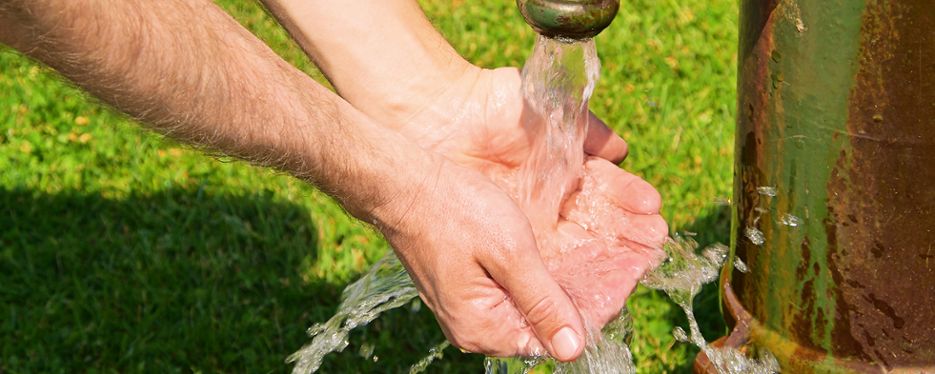Changes in temperature and precipitation affect the amount of groundwater that builds up and is then available for various uses, such as drinking water and irrigation.
The biggest change in the future is expected to take place during the winter and spring, with higher groundwater levels in northern Sweden.
Southern Sweden may experience lower minimum levels than before in the groundwater reservoir. Groundwater will begin to sink earlier in the year, and groundwater formation will begin later in the autumn. This is linked to an expected extension of the vegetation period.
A changed climate affects groundwater quality
Climate changes may also lead to changed land use, the cultivation of new crops, longer growing seasons and greater use of fertilisers and pesticides, which may affect the quality of groundwater.
More precipitation and more extensive flooding may also affect the groundwater, with an increased inflow of surface water. In coastal areas, higher sea levels will affect the groundwater due to the risk of saltwater penetration increasing in individual wells.
